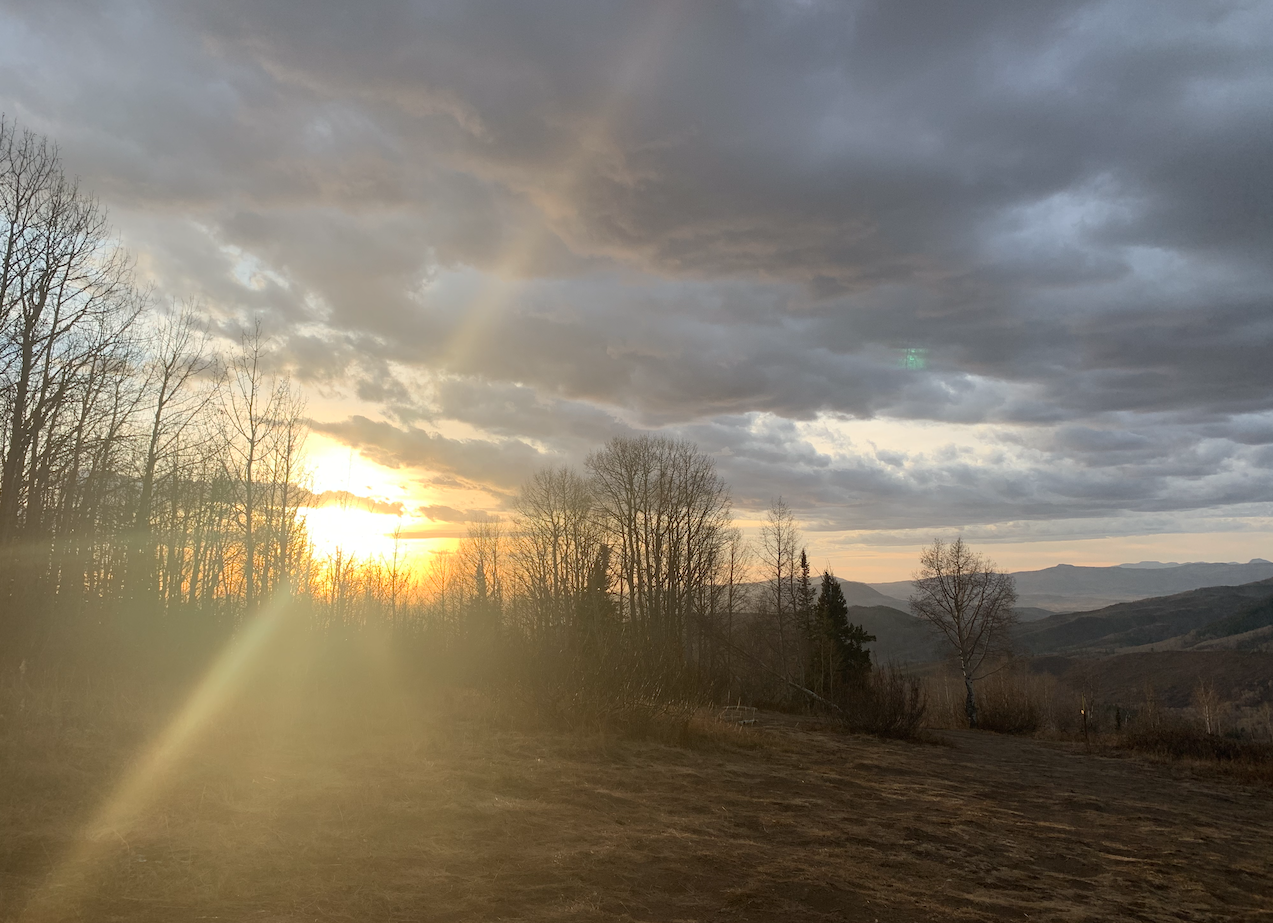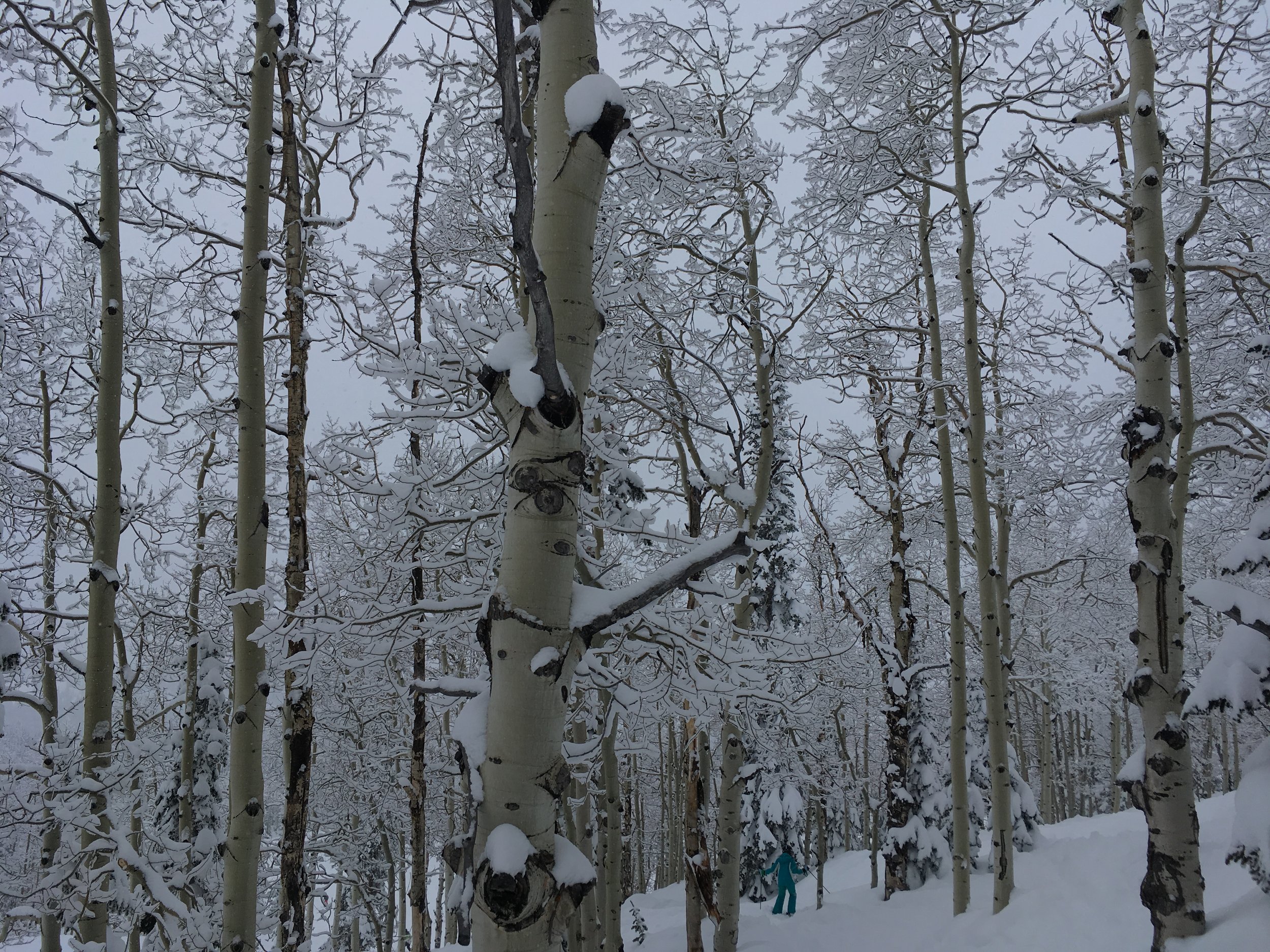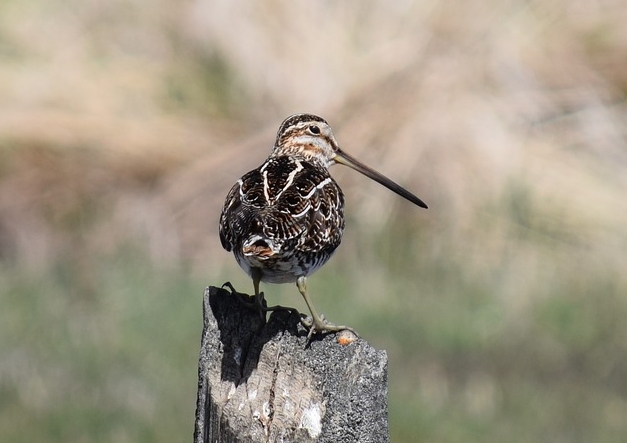A few weeks ago, I decided that in pursuit of thick, shiny, lovely hair, I would try the “No ‘Poo” method. Aka, don’t shampoo your hair. The theory is that when you stop using products on your hair, your scalp will return to its natural state and start moisturizing your hair with its own oils.
It sounded like a win-win: save time! and money! and your hair looks FABULOUS! So I gave it a go.
I avoided all hair products (really just shampoo and conditioner, since that’s all I use) like the plague. I rinsed my hair with warm water. I bought a boar bristle brush to spread the oils around. And when it started to look really bad, I wore a hat.
It didn’t take long to learn that there are a few downsides. Hair doesn’t smell all that great when you don’t wash it. It inevitable looks greasy, at least at first. And it kind of feels dirty, too.
So, after a week, I did a bit more online research (this time with queries like, issues with no ‘poo method) and quickly discovered that ‘no-poo’ just may have some downfalls. And I quit.
A small part of me cringed as I scrubbed that first squirt of shampoo through my hair. Maybe I didn’t give it enough time. Maybe my scalp was on the brink of normalizing. Maybe I gave up too quickly.
But once my hair smelled good and felt soft, I knew I had made the right choice.
This past summer, I had a similar experience. Only instead of a new hair-care method, it was with a new book I wanted to write. I was ready to begin. I had a cool location. I kind of had the characters. I even had some cool historical facts to weave in.
So I did what writers do. I brainstormed. I wrote one scene, then another. I researched and brainstormed some more.
But it wasn’t working. I started the story, then restarted, then restarted again. Over and over. Utterly lost. Completely unsure of where it was going. Or if it was going anywhere.
Knowing that writing feels like being lost a lot of the time, I pushed through. But something was still off. Finally, I shared the basic concept with my sister, and told her how I was having so much trouble with the whole thing. She had a very wise response. ‘Sounds like you have a place… but not really the story.’
It was heartbreaking at first. I had spent months trying to work on this idea. And months before that with no ideas at all. And now, I was back to square one.
But then, something magical happened. I got another idea. A good idea. I could feel the story immediately, how it would dive down and fly back up, even the wide wash of its characters, and I started writing. This time, the words came quickly. I had to restart twice, trying to figure out the point of view. But I forged onward (with the help of my trusty sticker charts). A first draft finally came together just recently, and I got to write those sacred words, ‘The End.’
It’s a terrible, messy first draft for sure. It may not end up getting published. But, it’s still a first draft. And I wouldn’t have gotten there if I hadn’t let go that earlier, not-so-great idea.
It’s never fun to step away from something, but sometimes, it’s just what has to happen. And at least this time around, my hair smells great.




























